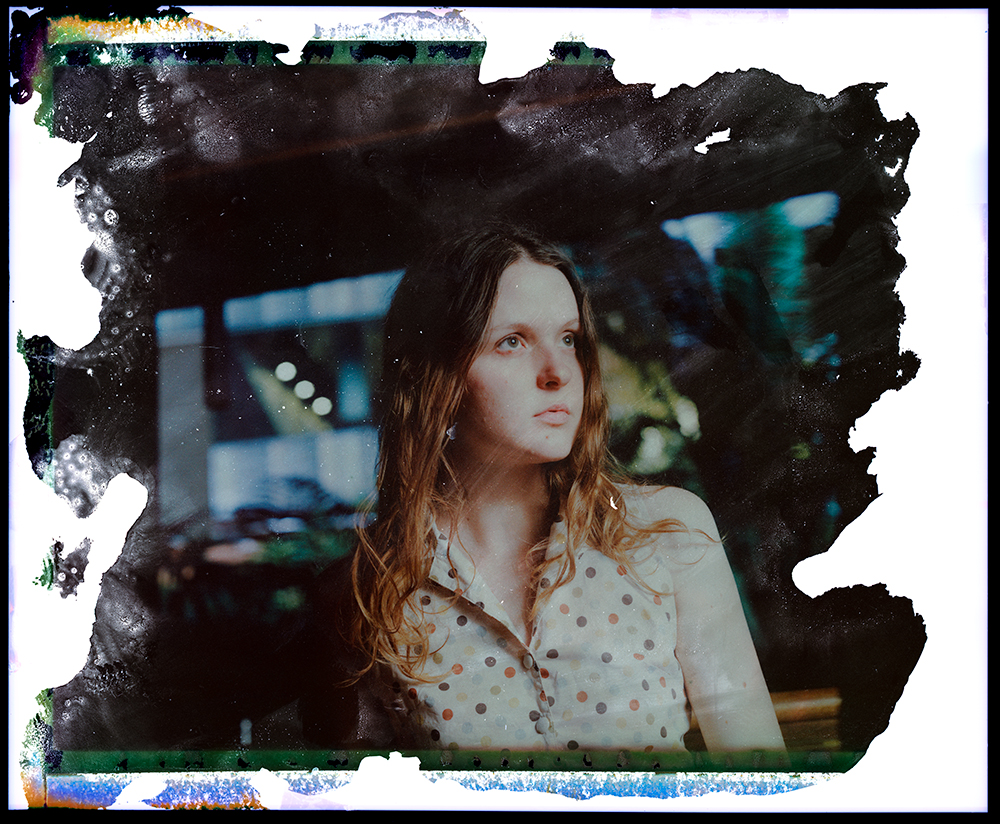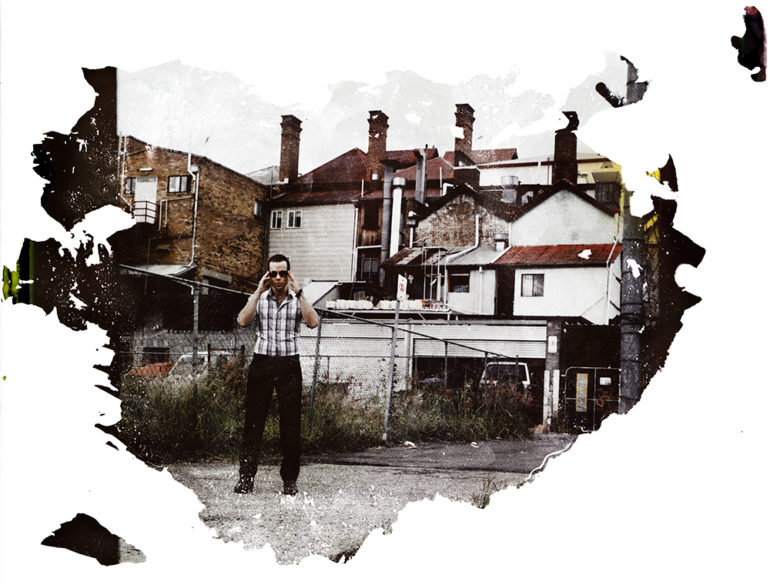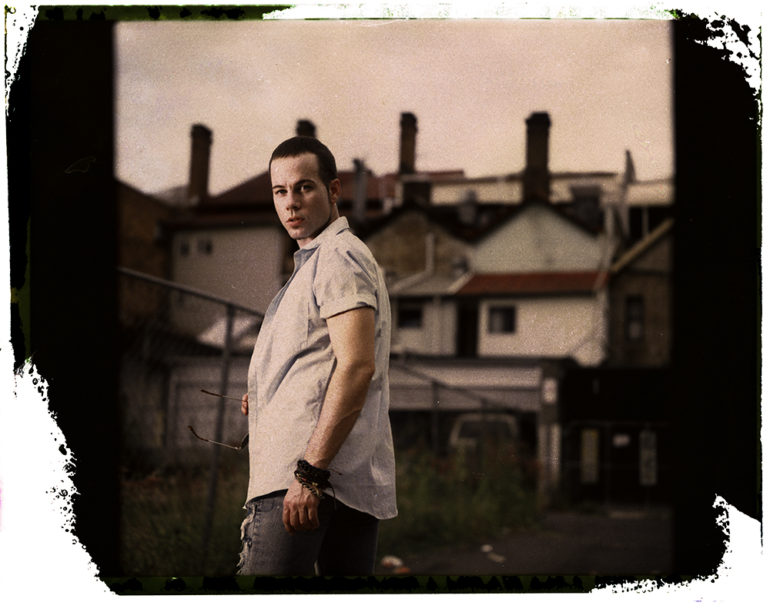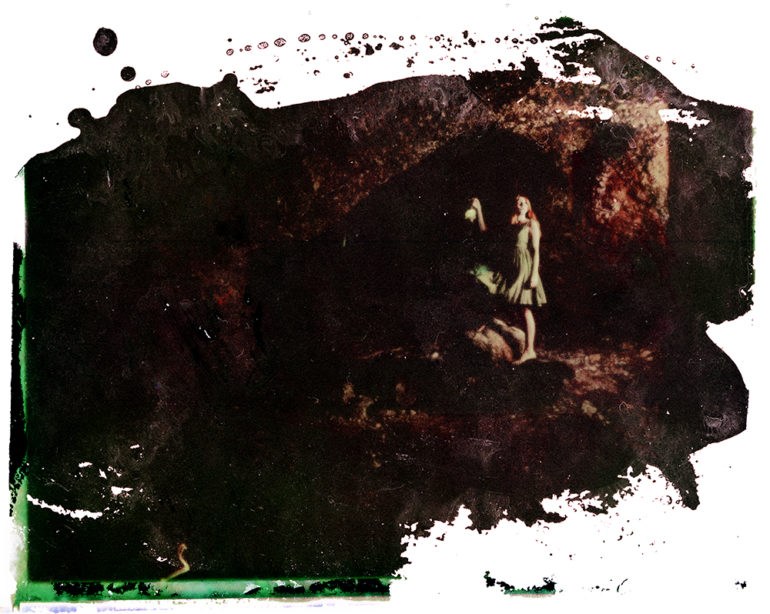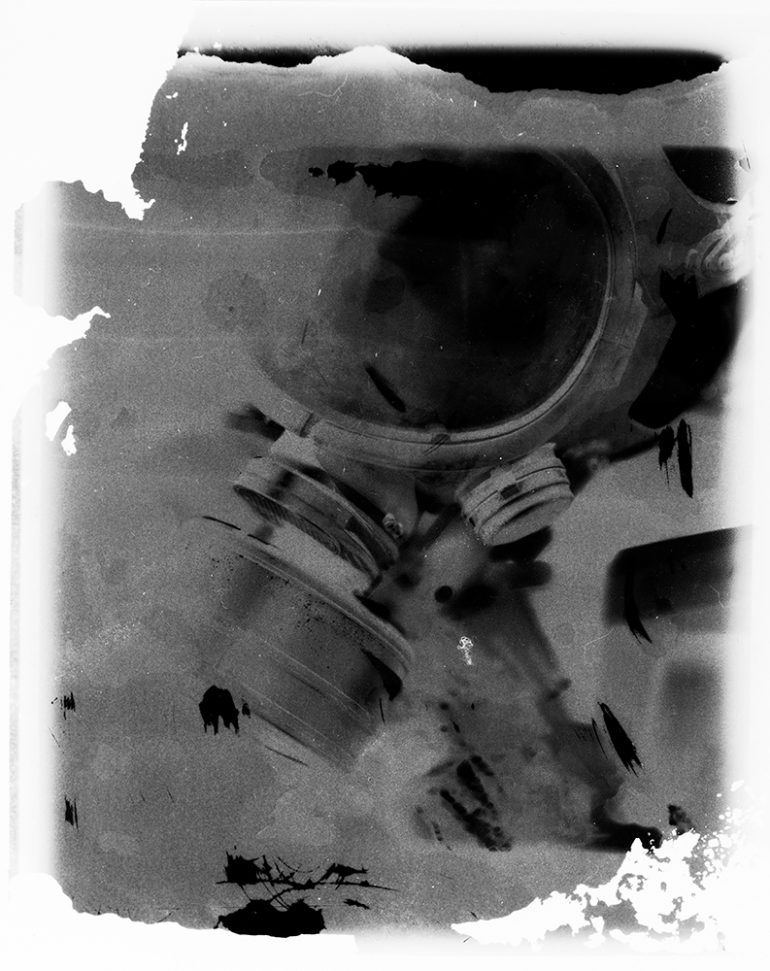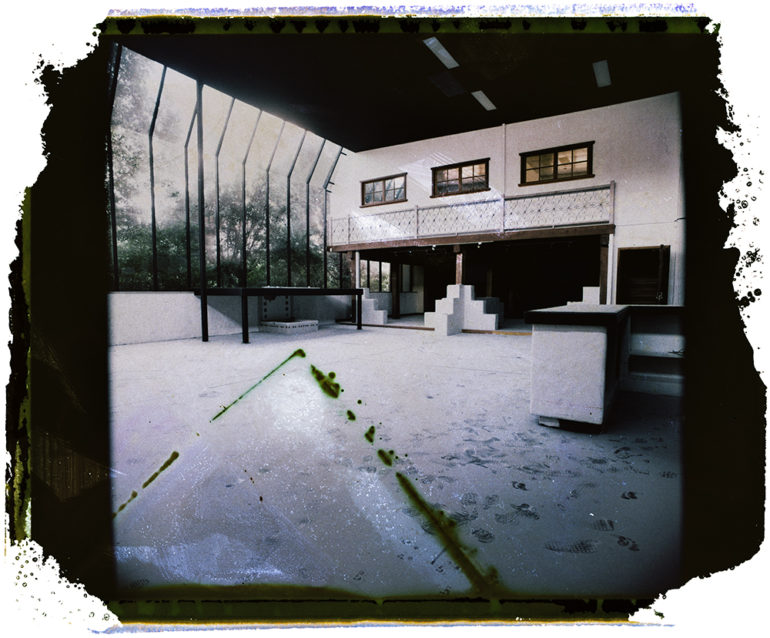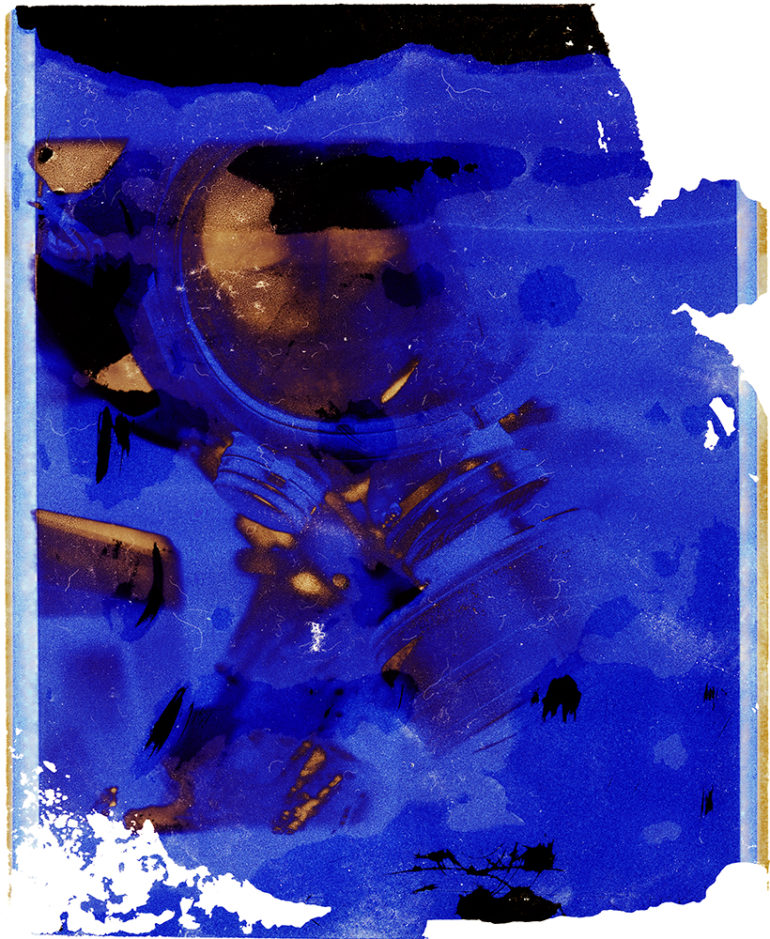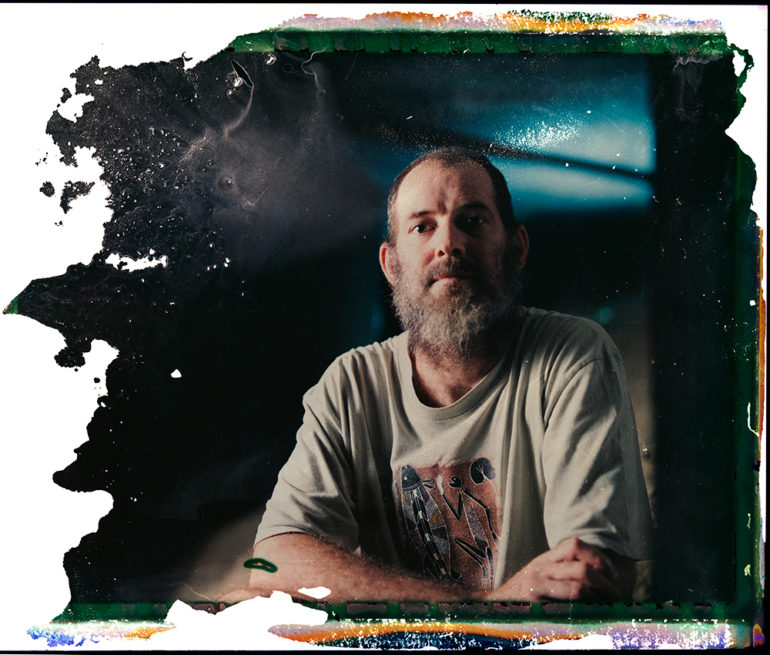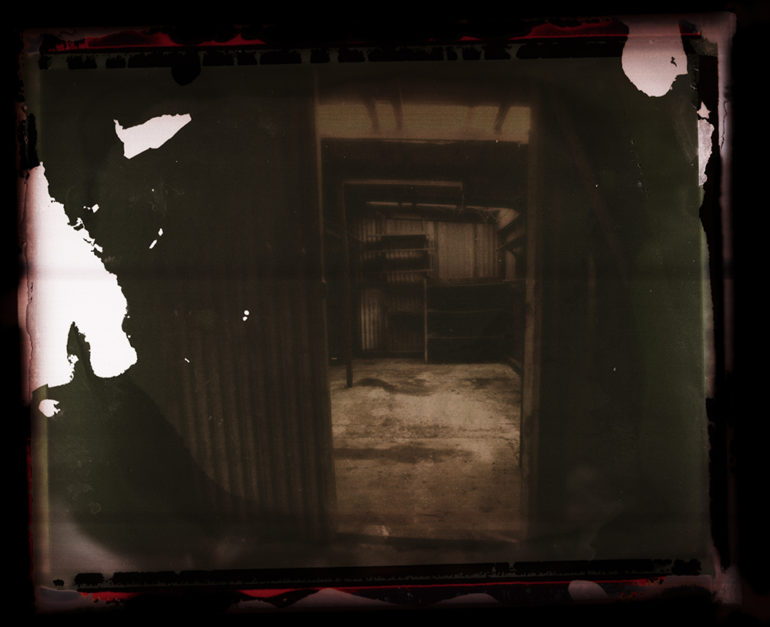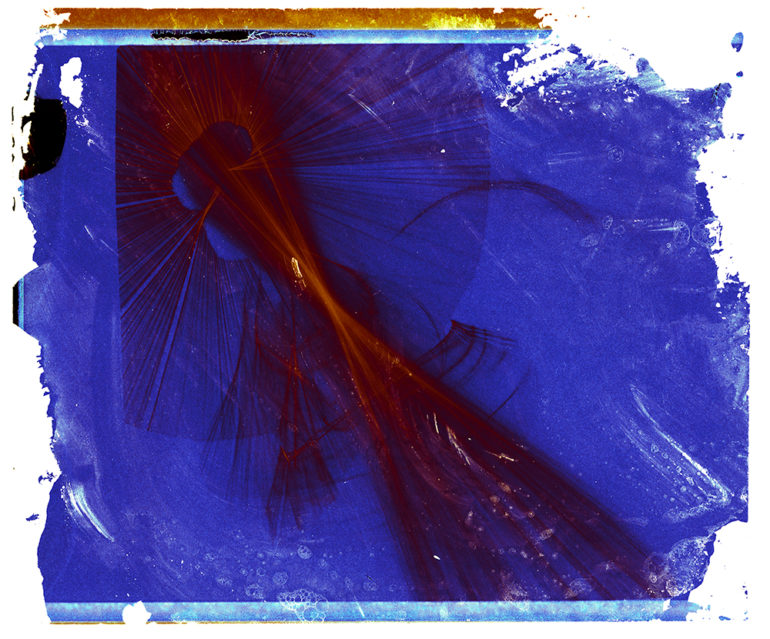Last Updated on 05/25/2017 by Chris Gampat
All images by Andrew Willis. Used with permission.
“It was really a return to analog,” says Photographer Andrew Willis, one who despite also shooting digital these days still loves what film is capable of doing. “I can blame going to university to study a Bachelor of Photography.” He’s been shooting for a really long time and therefore is one of the photographers who have survived the film days into the digital days.
Andrew believes that analog film photography has a special character and uniqueness to it that the pristine quality of digital simply can’t deliver.
https://vimeo.com/fromthinairvideos
Phoblographer: Talk to us about how you got into photography.
Andy: When I was young I often ran around with cheap point and shoot cameras snapping at whatever was in front of me. It was really just a way to document my experiences with my friends. Things got a little more serious just after high school when I bought my first SLR. It was an old Pentax ME Super with some great lenses and I was captivated by the ability to change the look of the world by changing lenses and depth of field. Things felt a little more cinematic and I was addicted. I still occasionally use that rig to this day. Eventually I joined the digital revolution and bought a DSLR. This kept me in the digital realm for a lot of years and the film equipment started to gather dust.
Phoblographer: What made you want to get into analog film and instant film?
Andy: It was really a return to analog. I can blame going to university to study a Bachelor of Photography. We shot many of our projects on medium and large format film equipment. There is something enchanting about viewing a 5X4 transparency on a light-box. I was hooked on film again. Slowing the shooting process down (particularly with the 5X4 view camera) was quite refreshing after years in the fast paced workflow of digital. I feel it made me more engaged with my subject and connected to the process. The instant film came into play when I bought my medium format setup. It had a Polaroid back which I used occasionally to test for exposure before loading the roll film – like they did in the old days.
“I also feel that revealing the hand of the photographic medium in an age of digital perfection lends a sense of honesty and nostalgia that is often missing from the pristine and all too often sanitized digital imagery we are bombarded with on a daily basis.”
Eventually I learned of the possibility to recover the negatives and instantly regretted all the negatives I’d unwittingly disposed of. From there, instant film morphed from being a mechanism to test exposure with the bonus of a cute print to being a genuine creative and experimental tool that I could sink my teeth into.
Phoblographer: Talk to us about the methods that you do to develop 100C negatives? And why even bother? Do you feel they’re that much better than the positives?
Andy: To recover the negatives from Fuji FP100C instant film I use kitchen grade bleach. After removing all the paper bordering the black negative sheet I gently wash most of the developer goop off from the emulsion side. From there I take a small sheet of glass, wet it and then place the negative emulsion side down on the wet glass, patting it down to ensure a good contact. This surprisingly seems to keep the vast majority of the bleach away from the emulsion. I then pour a small amount of bleach onto the dye backing of the negative. I use a fine paintbrush and gently rub at the neg while the bleach dissolves the dye. I use the brush as I can be quite selective about where I remove the dye to reveal the image below. I periodically rinse the negative on the glass under the tap to see how its progressing.
Once it’s close to what I want I might allow some of the remaining dye to run into the image. I then stand the negatives on a paper towel to fully dry. From there the negatives are scanned with final minor colour and contrast corrections undertaken in Photoshop.
Between shooting, bleaching and scanning, it’s quite a lengthy and intensive process but I feel the unique results are worth it. I find the interplay between the photographic subject and the degraded remnants of the film backing, as well as other artefacts that remain due to the chemical process and delicate nature of the emulsion, to be representative of the complicated and layered nature of my human subjects. I also feel that revealing the hand of the photographic medium in an age of digital perfection lends a sense of honesty and nostalgia that is often missing from the pristine and all too often sanitized digital imagery we are bombarded with on a daily basis.
While the prints created from the peel apart film have their own magic and nostalgia, for my purposes the negatives are much more interesting. When I first scanned a negative I was surprised by the amount of sharpness and detail it contained compared to the print. Having this high quality source material allows me the flexibility to partially flood the image with swirls of dye and texture while still having clear image details come through where I need them. Also, the forms in the runs of dye and the texture, imperfections and grain in the emulsion can all be fascinating to view when highly magnified.
Phoblographer: Where does your inspiration come from when it comes to shooting portraits and how do you feel instant film helps you communicate your creative vision?
Andy: While much of my personal work revolves around complicated conceptual scenes based in assorted dystopian landscapes (inspired by watching too much sci-fi), I find the instant film work allows me to release the conceptual reigns and make it more about the character before me. For the character portraits I let the subject inspire me and I try not to direct them too much. I find the slow and thoughtful process of operating the medium format camera, setting up lighting and then metering and fine tuning everything gives the sitter time to relax and lose any anxiety about being in front of the camera, hopefully resulting in a more revealing portrait. FP100C gives me a second bite at the creative process. Handling and manipulating the film is inspiration in itself. The way the negative and dye react to the bleach helps to direct me in the process, allowing me to add texture and grittiness that is sympathetic to the character.


